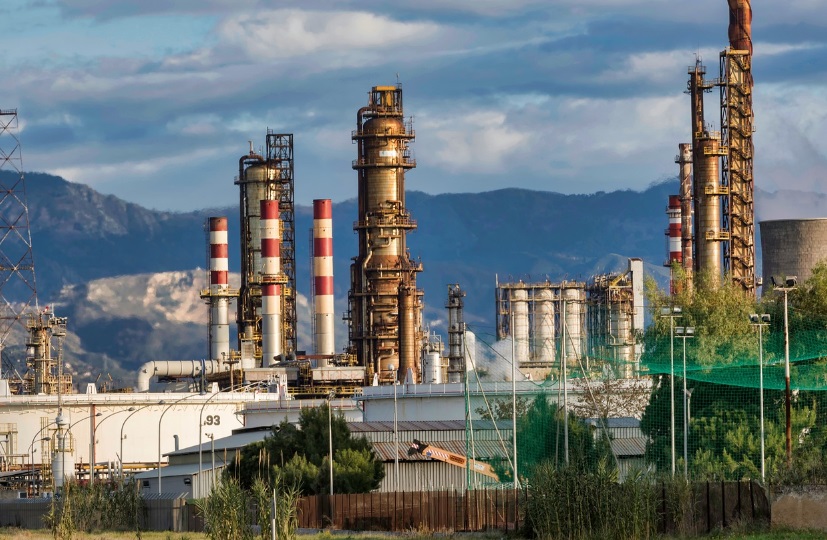
(Photo : Pixabay)
Representational Image
Crude prices were steady on Tuesday, as the prospect of additional supply entering the market offset concerns that escalating tensions in the Middle East region could disrupt exports.
As of 06.23 a.m. India time, Brent crude futures edged up 0.18 percent to $71.83 a barrel.
Similarly, West Texas Intermediate crude futures also gained 0.16 percent to $68.28 a barrel.
However, oil prices had a muted response to Beijing's announcement last week of fiscal stimulus measures in the world's second-biggest economy and top oil importer.
Traders question whether the measures will be enough to boost China's weaker-than-expected demand so far this year, Reuters reported.
On Monday, Brent futures ended September's trading after posting a 9 percent drop, its third month of declines and largest monthly drop since November 2022. It slumped 17 percent in the third quarter for its biggest quarterly loss in a year.
WTI fell 7 percent in September and dropped 16 percent for the quarter.
Russia's Comments on OPEC+ Move
Meanwhile, Russian Deputy Prime Minister Alexander Novak said that the Organization of the Petroleum Exporting Countries, and its allies, collectively known as OPEC+ is strategically reducing oil supply and ceding market share to ensure long-term stability.
"Yes, we are probably deliberately moving, temporarily losing market share, but we are looking forward not to today, but to the future," Novak told Al Arabiya news channel.
He added: "It is important that, firstly, the energy sectors in exporting countries develop so that investments continue. This requires prices that would satisfy both exporters and importers, so as not to slow down the growth of demand, prices should not be high."
To maintain market stability, key OPEC+ members including Saudi Arabia and Russia had reduced oil outputs since 2022.
In September, OPEC+ also decided to delay a planned gradual oil output increase to December from October after crude prices hit their lowest in nine months.









